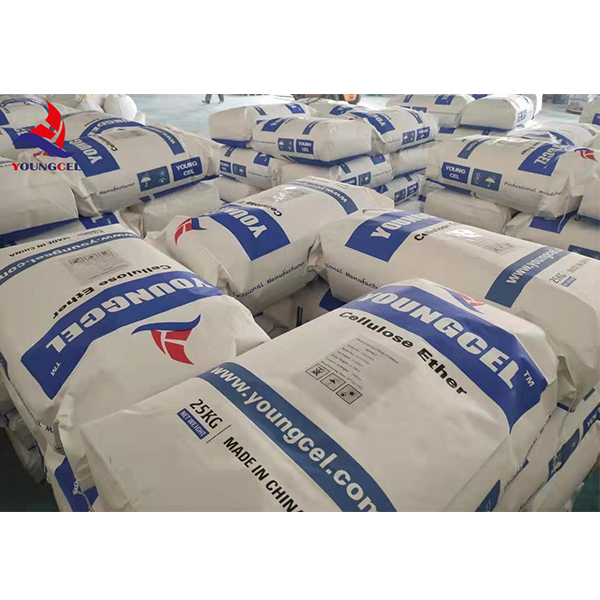The Role of Hydroxyethyl Methyl Cellulose in Liquid Soaps
In the realm of personal care products, liquid soaps have gained significant popularity due to their convenience and versatility. Among the various ingredients that enhance the properties of these formulations, Hydroxyethyl Methyl Cellulose (HEMC) stands out. HEMC is a plant-derived polymer that has become a key additive in the formulation of liquid soaps, contributing to their stability, texture, and overall performance.
Understanding Hydroxyethyl Methyl Cellulose
Hydroxyethyl Methyl Cellulose is a non-ionic, water-soluble polymer derived from cellulose, a natural polymer found in the cell walls of plants. By modifying cellulose through etherification, HEMC exhibits unique properties that make it suitable for various applications in the cosmetic and personal care sectors. Its structure allows it to provide a range of functionalities, including thickening, stabilizing, and film-forming properties.
Benefits in Liquid Soap Formulations
One of the primary benefits of incorporating HEMC into liquid soap formulations is its thickening capability. Liquid soaps tend to require a specific viscosity to ensure ease of use and an appealing texture. HEMC can thicken formulations without affecting their clarity, leading to a visually appealing product that consumers prefer. Additionally, its ability to create a smooth, gel-like consistency enhances the tactile experience for users, making washing hands or body more enjoyable.
Moreover, HEMC functions as a stabilizer in liquid soap formulations. Many liquid soaps contain surfactants, which help to create lather and cleanse the skin. However, surfactants can sometimes lead to instability, causing separation or cloudiness in the product. HEMC helps maintain the uniformity of the mixture, ensuring that the liquid soap remains homogenous throughout its shelf life. This stability is crucial for both manufacturers and consumers, as it guarantees the product’s effectiveness and visual appeal over time.
hydroxyethyl methyl cellulose for liquid soaps

Compatibility with Other Ingredients
HEMC is also notable for its compatibility with a wide range of other ingredients commonly found in liquid soaps. This compatibility allows formulators to incorporate various actives, fragrances, and essential oils without compromising the integrity of the product. HEMC can effectively bind with these ingredients, enhancing their delivery and overall efficacy when applied to the skin. This makes it an ideal choice for natural and organic liquid soap formulations, where synergy between ingredients is paramount.
Environmental Considerations
In an era where sustainability is becoming increasingly important, HEMC offers a favorable profile. Being derived from renewable natural resources, it aligns with the growing consumer demand for eco-friendly products. Additionally, HEMC is biodegradable, meaning it breaks down naturally in the environment, minimizing its ecological impact. This makes it a suitable option for brands aiming to enhance their sustainability credentials while still delivering high-quality personal care products.
Conclusion
Hydroxyethyl Methyl Cellulose has proven to be a valuable component in the formulation of liquid soaps. Its thickening and stabilizing properties, combined with its compatibility with other ingredients and environmentally friendly profile, make it a preferred choice for formulators. As consumer preferences continue to evolve, integrating innovative ingredients like HEMC into liquid soap formulations will likely remain a priority for manufacturers seeking to meet the demands for effective, enjoyable, and sustainable personal care products. In the competitive landscape of personal care, HEMC not only enhances product performance but also aligns with the values of today’s conscious consumers.
-
Premium Detergent Grade HPMC Hydroxypropyl Methylcellulose: Superior Thickening & StabilityNewsAug.31,2025
-
HEC 100000 Hydroxyethylcellulose for Paint | Superior ThickeningNewsAug.30,2025
-
Wall Putty Rdp Powder Packaging DesignNewsAug.29,2025
-
Introduction to Hpmc Hydroxypropyl Methyl CellulosNewsAug.29,2025
-
Hpmc Industri Grade IntegrationNewsAug.29,2025
-
How to Choose the Right Construction AdhesiveNewsAug.29,2025




